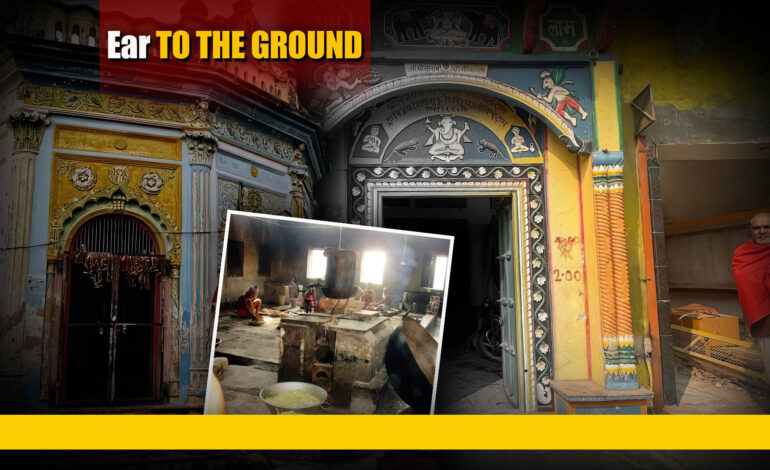
This is the second part of “EAR TO THE GROUND“, from Ayodhya . The “EAR TO THE GROUND“ is a unique series from The AIDEM presenting offbeat ground-level reports that go beyond the mainstream media . This three part ground report has its focus on the ongoing developments in the temple town, including the rampant destruction of buildings, temples as well as other places of worship in the name of building a Ram Corridor in the same pattern as the Varanasi Vishwanath corridor.
Shivam Mishra, writer, and documentary film-maker continues his journey through the town and points out that what the area is witnessing now is not renovation and rejuvenation but blatant destruction of the “sacred geography“ of Ayodhya. An ardent believer in Lord Rama, Shivam Mishra had spent several days in Ayodhya, researching, collecting, and documenting data.
A different Ayodhya
Once I settled in a room, I sauntered with my friend towards ‘Sugreev kila’ to take a shortcut to Ram Janmabhoomi. As I reached ‘Raghupati’ prasad, I took a deep breath and took a good 360-degree view of the area. This was the same area outside the fortified premise of the Janmabhoomi where the oldest structures of Ayodhya stood. Most of the structures were dedicated to one or the other character in the Ramayana. A year ago, when I visited the place, I wished that the state would renovate the centuries-old, dilapidated Bhawans and utilize them sustainably. Making a ‘highway’ style road in the interior of the city was the priority of the state even at the expense of old Bhawans with the architecture of yore.
We kept sauntering until we reached the magnificent citadel-like temple Hanuman Ghadi, which has 76 stairs at its entrance. Earlier sweet shops crowded the space outside the temple but now the view was clearer this time. We moved further, I scurried up the stairs of the Pracheen Rajadwar Mandir managed by the royal family of Ayodhya and, thankfully, it has remained untouched.
As it grew darker and the air became chillier, I sat down on my haunches near a bonfire. A man was sitting on a chair next to me and I casually enquired about the ‘development’ drive. The man burst into anger as if he was waiting for someone to talk about his issues. His family has been running the sweet shop near the temple premises for generations. His grandfather and father witnessed the incidents at Ram Janmabhoomi. They sheltered the kar sevaks during the crises but when the time came to enjoy the fruits of their ‘tapasya’ (dedication), the state treated them like infiltrators.
Sita Rasoi demolished?
But what exactly was the cause of his anger? The unending demand of the officials for more and more space was such that his shop was reduced to half its original size. The state is not ready to listen to him but doled out paltry amounts in the name of compensation. I knew that some centuries-old temples have been affected in the demolition drive but what the shopkeeper told me next came as an extremely rude shock. He stated that Sita Rasoi had been demolished. “When?” I asked. ‘
“Way back in 2020”, he replied. “Are you sure”? I said, unable to accept the destruction of ‘Sita Rasoi’.
He paused for a minute and said that he could not corroborate his statement. By that time, I grew restless thinking of the fate of others. The shop owner added that structures such as Kaikeyi kop Bhawan, Ram Khajana mandir, Ram Janmasthan, Manas Bhawan, Sundar Bhawan, Ram Kachehri, Ram Panchayat Mandir have been affected in some way or the other. All these temples were in the vicinity of the Ram Janmabhoomi. Since he had not visited the sacred spot for the past year, he could not corroborate.
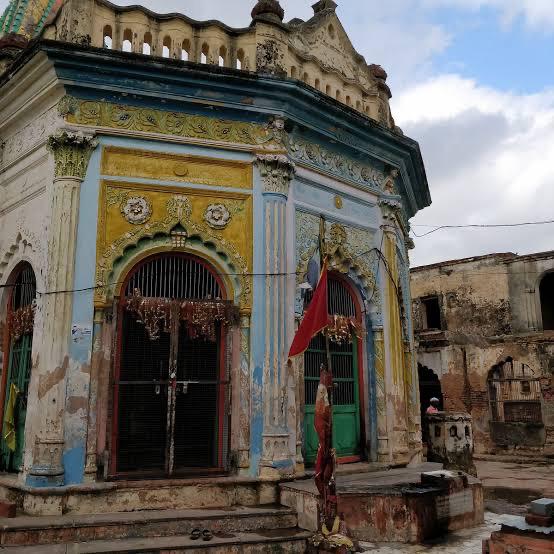
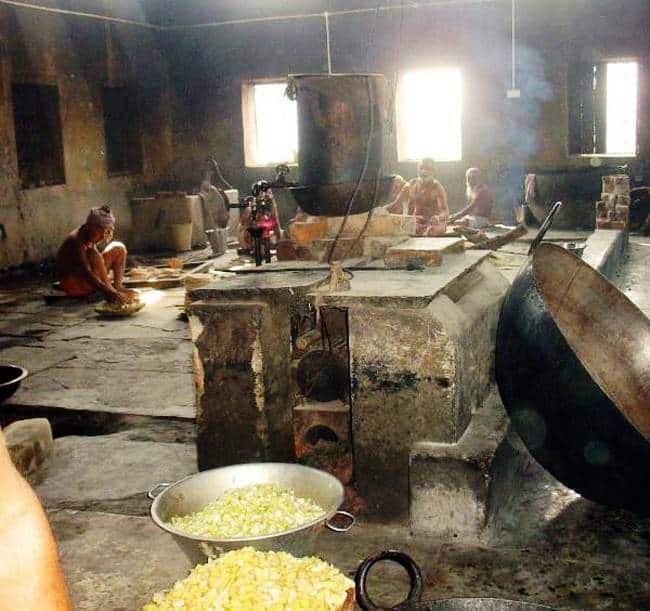
Then he gave a totally explosive interpretation of the situation. ‘Do you know the composition of the Trust that governs the Janmabhoomi, he asked and went on to answer. It consists of eight Brahmins, and three members from the Other Backward Classes (OBCs). He further said: “We have faith in Ram but we earn by our karma, unlike the Brahmins who, as a class, have used the temple to live and eat for free.” He cautioned that if Brahmins did not mend their ways, then the day is not far when a new sect would again emerge from Hinduism just like Buddhism, Jainism, and Sikhism in the past. He went on to express his resolve to teach the ruling party a lesson in the next election. I was pretty shocked to hear that from him _ the entire jamboree of eviction, demolition, and development was done at the behest of the Brahmins in the State.
This interaction was enough for the day, but I needed someone who could state facts more clearly. I was told to contact Nand Kumar Gupta, the president of the traders’ association.
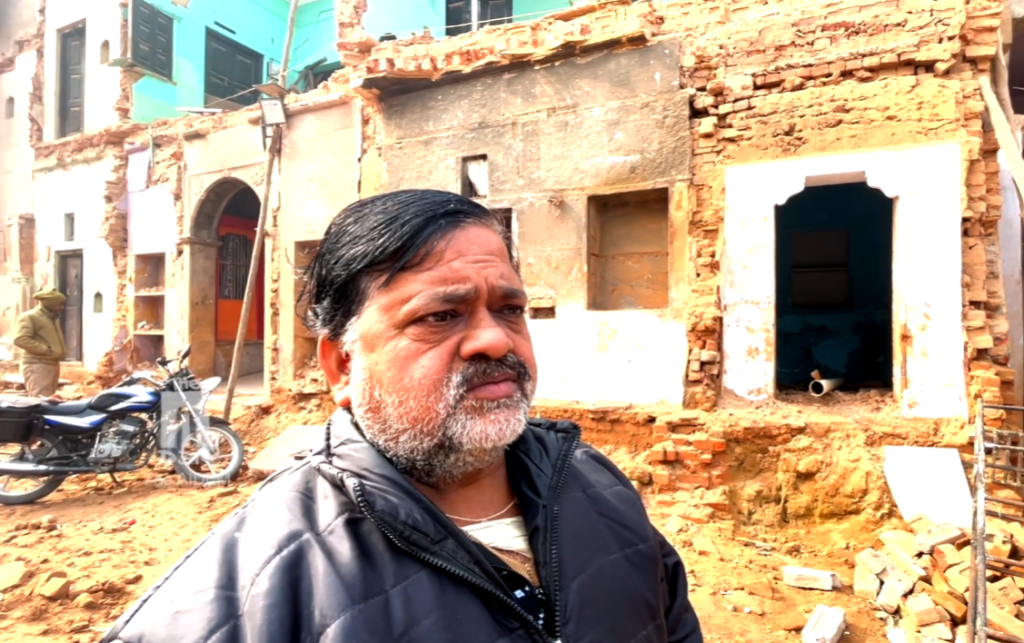
I called up Nand Kumar Gupta aka Nandu and he was generous enough to invite me to his residence and offer tea on a cold winter morning. Nandu seemed to be a seasoned player in local politics and he knew what he was talking about. “To reach Ram Janmabhoomi, Nand Kumar explained, “the government is creating three main routes. The first one is Janmabhoomi Path, which will be an 800-metre route from Sugriv Kila. The second route is Bhakti Path, which starts from the Shringar Hath barrier and reaches the Janmabhoomi via Hanuman Gadhi. The third route is Ram path. Apart from this, the administration has planned six ‘chauraha’ (crossways) whose measurement remains a mystery.
Hindus all over the world are joyous as the much-awaited Ram Mandir is now becoming a reality and, no wonder, they would turn up in huge numbers to see it. If the government is making arrangements to provide the best possible facilities to the devotees, then no genuine person should have a problem. But Nand Kumar Gupta delved into some details that the government plans seem to have overlooked. He pointed out that there are many alternate routes to reach Ram Janm Bhumi. The population density on many of those routes and the land that houses them is sparse and devotees can visit the mandir without entering the old city. The current “development plan “does not value the convenience people may have in these alternative routes.
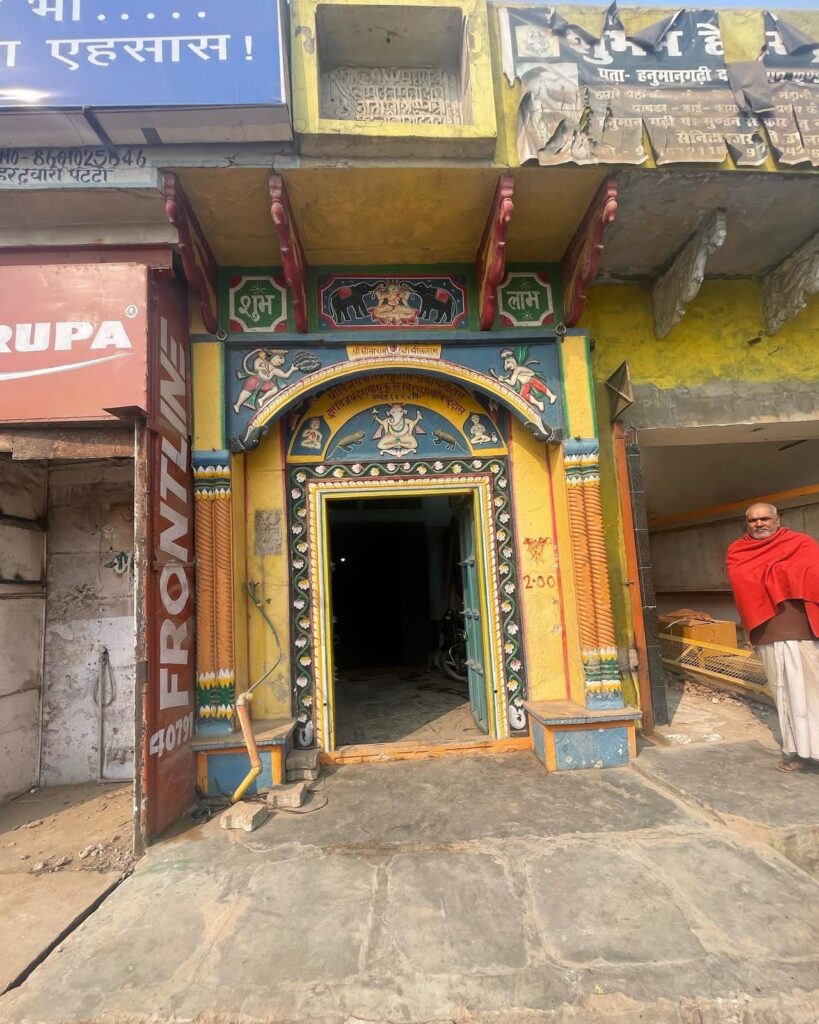
Second, the people who are being displaced are the ones who settled here generations ago and have a stable livelihood. Once uprooted, they won’t find such a place again and the financial and emotional void would never be filled. The third point he raised was very important. Since 2012, academics and scholars have been pushing to get the old city of Ayodhya on UNESCO’s Heritage City list. The city ticks all the international parameters that make it one of the most eligible cities to be preserved. Undertaking a demolition drive to make broad roads in the heart of the ‘heritage’ is nothing less than criminal.
State’s malicious intent
The problem lies in the lack of transparency and malicious intent of the state. Nand Kumar explained that nobody knows if their property would survive or would be demolished in the ‘development’ drive. The state officials do not follow the legal rules established by the state for acquiring private property. One official or contractor would casually go around with a measuring tape and mark the wall to be demolished on the next day. In such a situation, a shopkeeper or a bhawan owner has only two options: either accept whatever compensation he has been offered or challenge the administration in court. The second option is not feasible the proprietor would have to deal with the same set of officials for compensation whom he might be challenging in court.
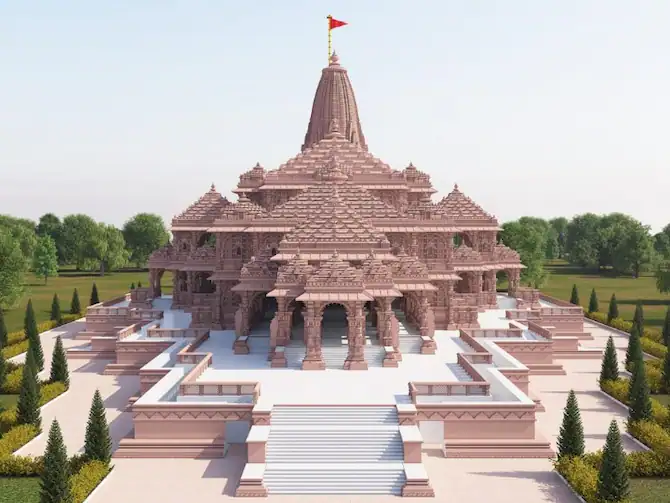
Once the wall or the front portion of the shop is demolished, the ‘affected’ individual would use the compensation to rebuild his broken shop or bhawan, but here comes another issue. Since officials themselves are confused about the scale of acquisition, they advise the shopkeeper or owner not to rebuild the wall or fit a shutter as the state might acquire some more area. Few shopkeepers even wasted their compensation on this, and are now expecting one more round of compensation with an additional allocation . There are instances of fully-stocked shops being demolished because the owner did not comply with the administration’s orders.
If the ‘affected’ parties are generously compensated, we can give the benefit of the doubt to the state for its planning and execution, says Nand Kumar . However , he also added that he has no reason to trust the state’s intent to compensate the ‘affected’ , He believes that the state very well knows how to dodge fair demands ‘legally’. Eighty percent of the traders or the ones who live in the bhawans are tenants. Although many tenants have been running their shops for many generations, they are not the owners. The land or the old bhawans in Ayodhya belong to three main stakeholders: erstwhile royals, temple trust, or nazul, which roughly translates into government land. As managing and satisfying 4000 ‘affected’ tenants is a daunting task, the government played the game of identifying the ‘original’ owners as per the year 1912 to make large-scale acquisitions.
Then, what about the tenants? They are being compensated with sums ranging between Rs.1 lakh to Rs. 10 lakhs. It is a cruel joke to even expect someone to lose their ancestral shop, the goodwill of the people, and their business for a few lakhs of rupees and settle in a new area to start anew. And corruption and ‘cuts’ being taken in the compensation amount are an open secret. Nand Kumar pointed to the land acquisition of 77 acres in 1993 by the Narasimha Rao government when of the displaced were settled on the nazul land.
In a nutshell, around 4000 shopkeepers have been affected in one way or the other; of them, 700 are getting displaced completely. Why cannot the state resettle the old shopkeepers in the new shops and outlets that are being constructed? The argument for denying these new facilities to existing shopkeepers seems to be that the cost for the new places will be so high that ordinary people would not be able to afford them.
Ayodhya bandh
In the end, I asked the million-dollar question ‘Why are there no visible protests on roads.? Nand Kumar smiled and shared photographs of ‘Ayodhya Bandi’ (bandh or shutdown). These were pictures of the day on which the traders of ‘old Ayodhya’ collectively shut their shops in protest but not a single news outlet cared to cover it. In the past two months, people witnessed the reckless use of state machinery, which has broken their morale. Most of them are trying to restart their lives. The plight of medium and small business owners became clear to me through the interaction I had with Nand Kumar Gupta. His shop remains untouched but he has been kept under house arrest now and then raising his voice against the ‘Hitler rule’.
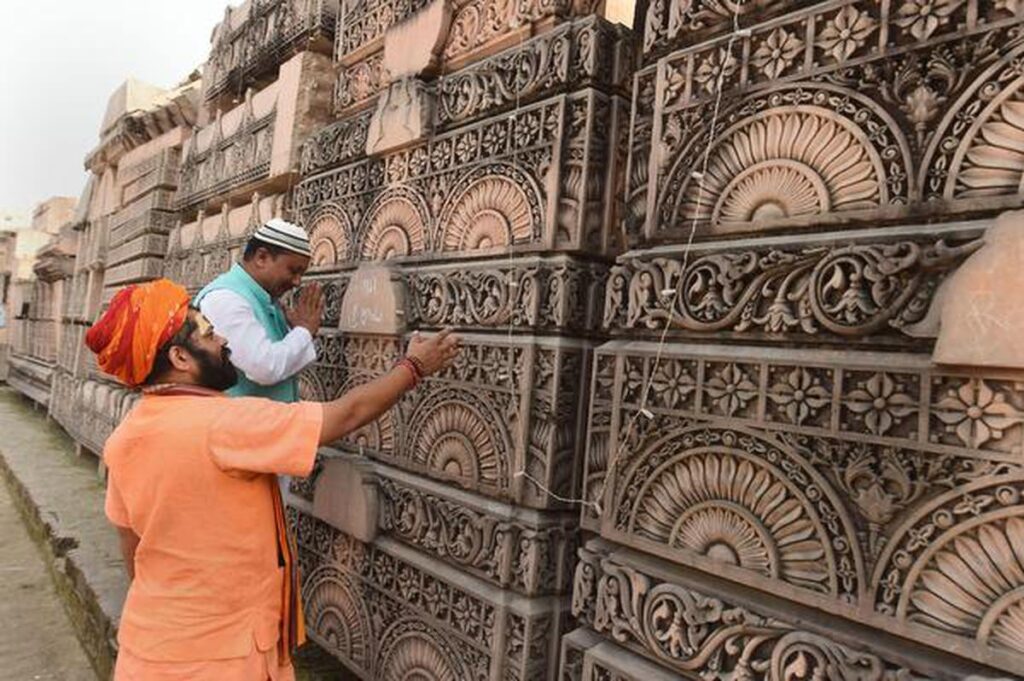
While I started walking back on the road, I saw century-old trees. The state has a special grudge against the trees. For the corridor in Banaras, many old sacred trees were cut down, although the government’s promise to plant 100 trees for every tree cut still remains on paper. Like brain-dead zombies, the officials constructed concrete ‘chabutras’ instead of planting trees. Even the tree that the Prime Minister watered while inaugurating the Benaras Vishwanath corridor died a few months later. The trees of Ayodhya that provided oxygen and shade for centuries seemed to be heading towards the same destiny.
A different ‘Red Cross’
I saw a ‘Red Cross’ on the walls of Shri Thakur Vijay Raghav Mandir, which means it was marked for demolition. The entrance of the temple was made of stone. The top of the ‘chaukhat’ (the frame of the entrance) was adorned with the image of ‘Vinayak’ (Ganapati) which was flanked by carved images of sadhus. There was also the carving of a canopy with floral patterns. The arch of the entrance had carved images of Hanuman and Garuda. The owner claimed that one of the bricks in the temple was at least 800 years old. Evidently, what all the wondrous heritage structures that bestowed character and beauty to the city needed was a bit more of care, but the authorities seemed hell-bent on obliterating them. During my next visit, I might not find the beautiful entrance of the temple; it might have been replaced by a barren pathway to be used for car parking.
I kept walking down the road that connects the Naya Ghat to Hanuman Gadhi. The road had temples on both sides. I noted the names of about 19 Temples. One such temple was Phoolpur Mandir with an entrance made of stone. It was an old temple with a mandap supported by several pillars, leading up to the sanctum. Another temple was Tulsi Chawani Mandir with a low-arched entrance; it appeared as if I was entering a tunnel that opens up into a Shivala whose shikar was a tower-like structure with a hemispherical spire on the top. Just like the visible ribs of an old human body, bricks were jutting out of the walls. Similarly, temples like Narhan Mandir, Bheekhu Shah Mandir, and Sheesh Mahal were in a state of neglect. The plasters of the wall were missing, the ceilings were falling off, the and wooden doors were corroded by termites. Fading murals on the walls sobbed the story of the lost glory of these temples.
(Continue reading in Part 3 )
To read Part 1, Click here
To watch the video story click here Hindi, English & Malayalam
Subscribe to our channels on YouTube & WhatsApp


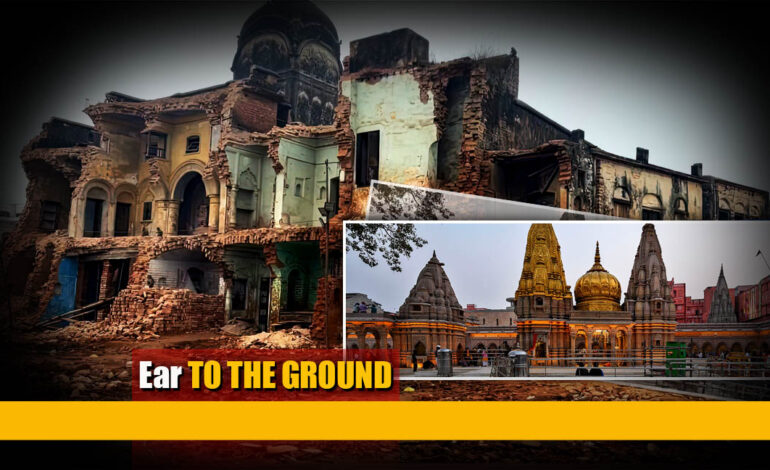
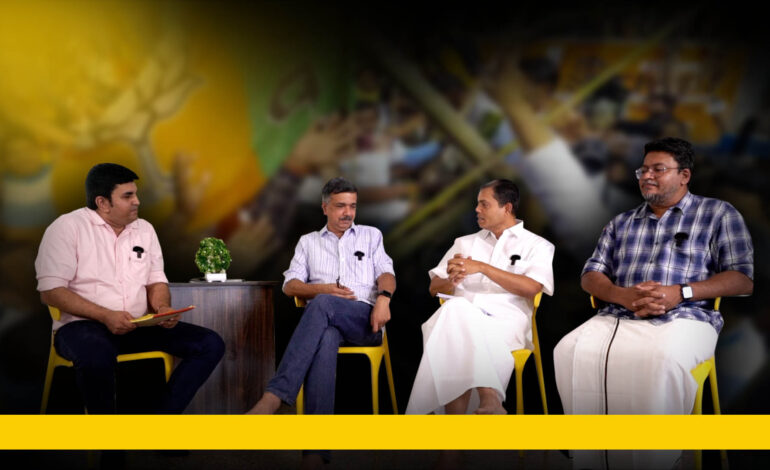

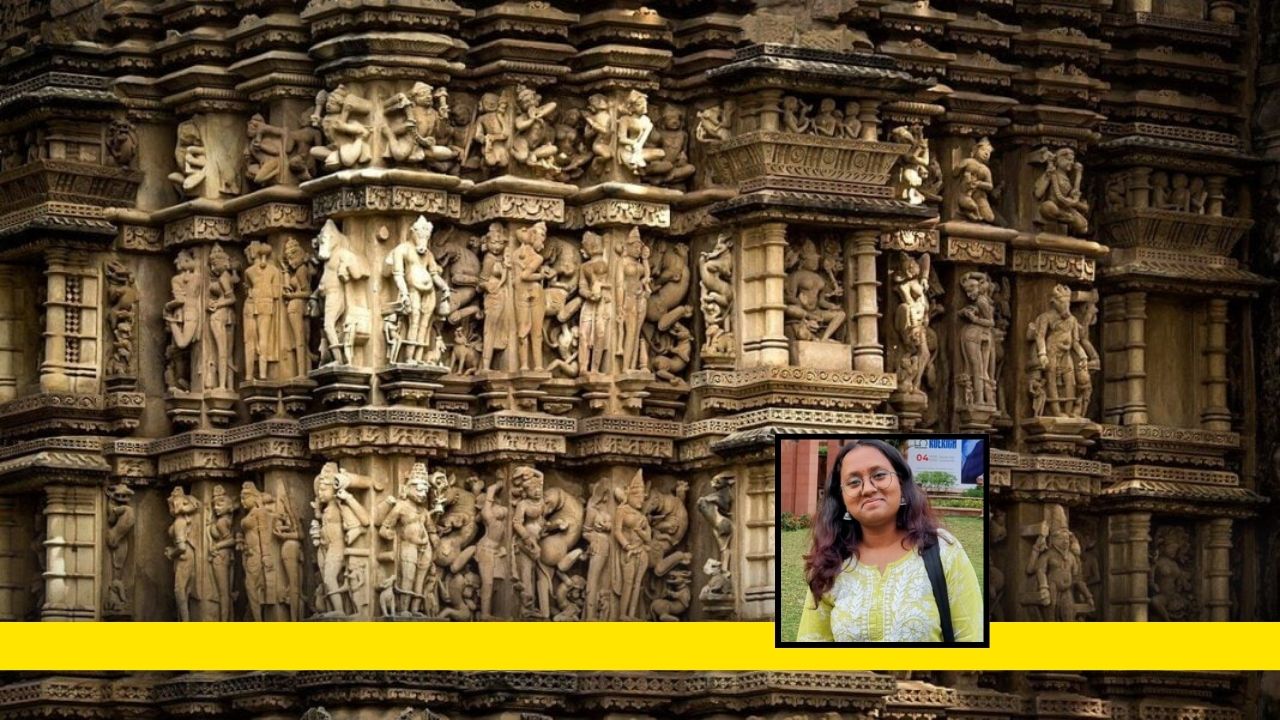

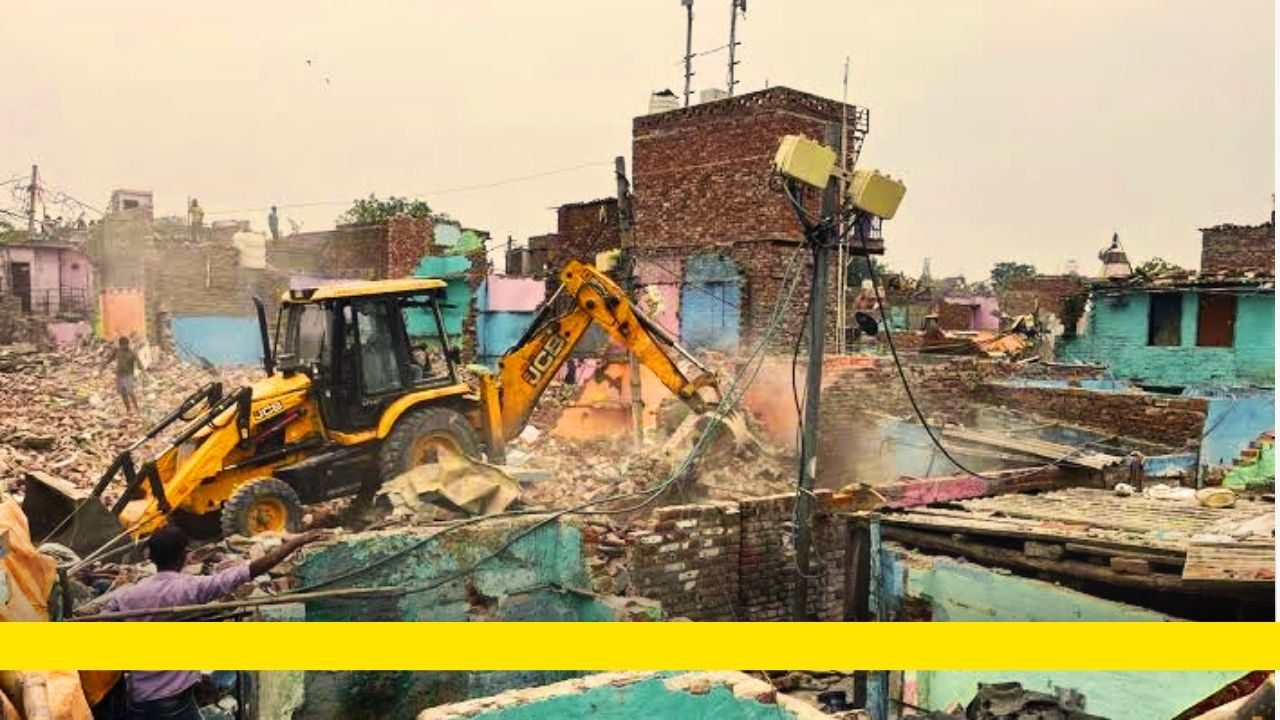
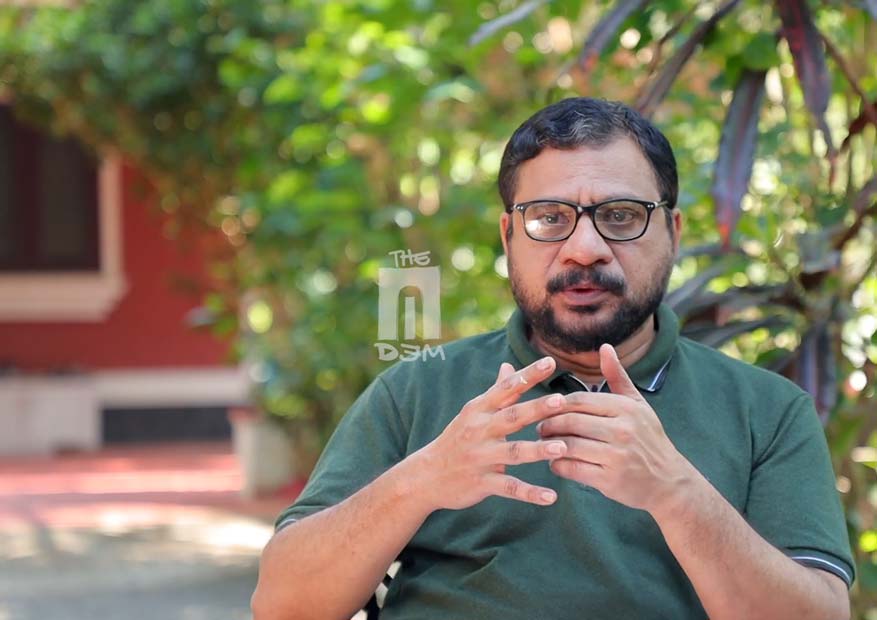
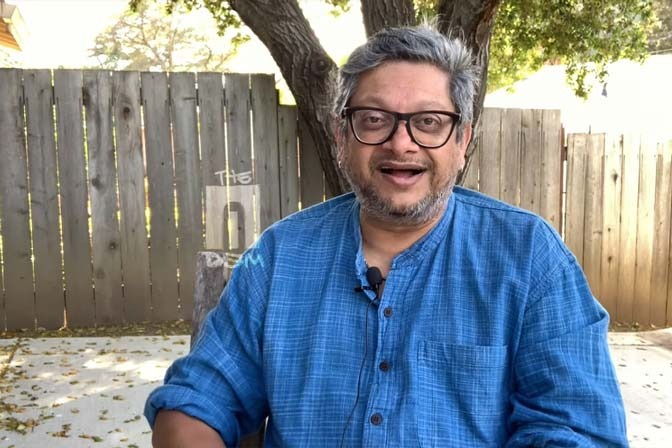
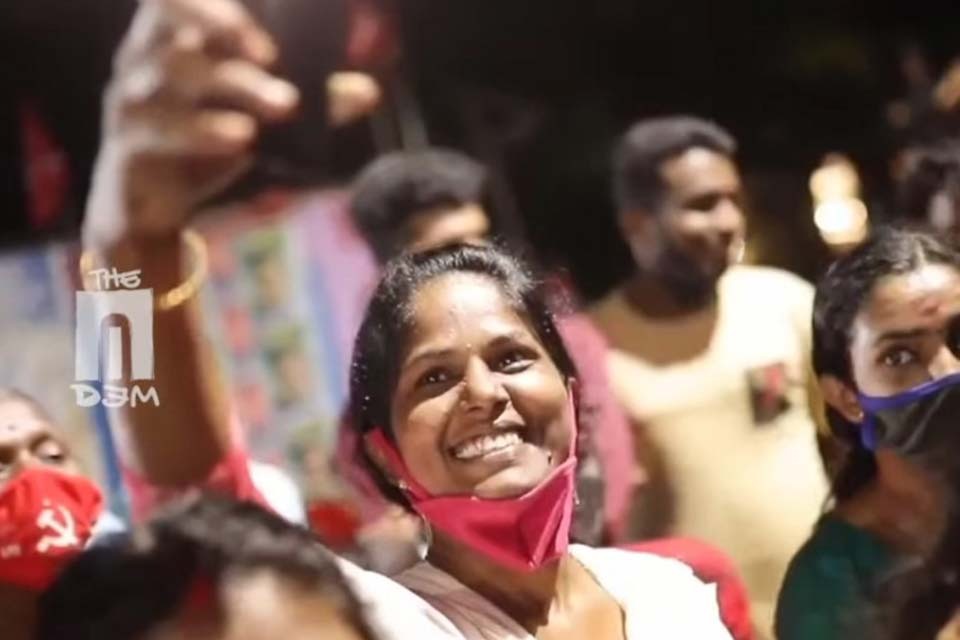

Really pathbreaking ground report . A true reflection of Ayodhya’s plight . Look forward to more exposes like this from Aidem and Mishra ji
अत्यंत सराहनीय